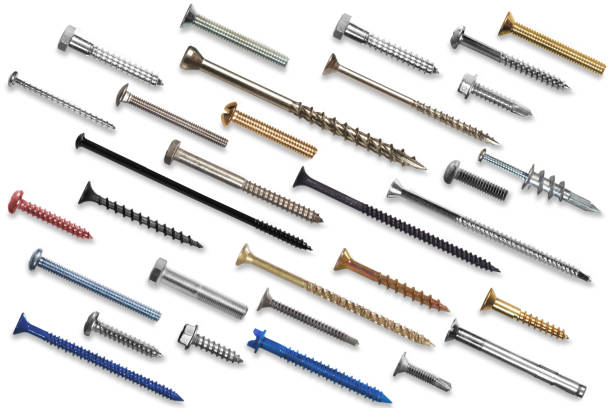Common nails, as their name suggests, are the most common nail used for construction and building. They are often the first choice for framing and carpentry projects as their heavy shank is reliable for its sturdy support. These heavy-duty nails are used for strength and function for more rough work projects rather than for their aesthetic appearance. The round head of the common nail is usually visible on surfaces, making this style of nail better for work where function is more important than appearance.
Box nails look similar to common nails but have a thinner shank, making them less sturdy and more appropriate for, shall we say, building boxes instead of framing houses. The perk of the thinner shank means they are less likely to cause splitting in thinner pieces of wood. They are commonly used for lighter construction because they are thinner and have less strength than common nails. These nails are also often galvanized to prevent corrosion.
Brad nails are more subtle than standard nails, making them a prime choice for projects that require a clean finished look. These nails are thinner with smaller heads than standard nails and are ideal for preventing splitting and creating a clean appearance for a variety of woodworking projects. Brad nails are also used in nail guns for quick fixes and easy attaching.
Finishing nails are smooth and thin nails that are typically used to do finishing work. Their thin design also prevents splitting in the thinner wood typically used for finishing work. Because of their neater appearance, they are more aesthetically pleasing while still being able to hold any finishing together. Lighter and subtler, finishing nails are used for trimming such as down jambs, crown moulding, and baseboards.



The manufacturing process of steel nails involves heating and shaping steel wire into the desired nail shape. The wire is fed through a machine that cuts it to the appropriate length and shapes the head and tip of the nail. The nails are then heat-treated to improve their strength and durability.